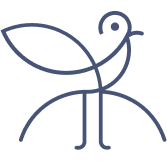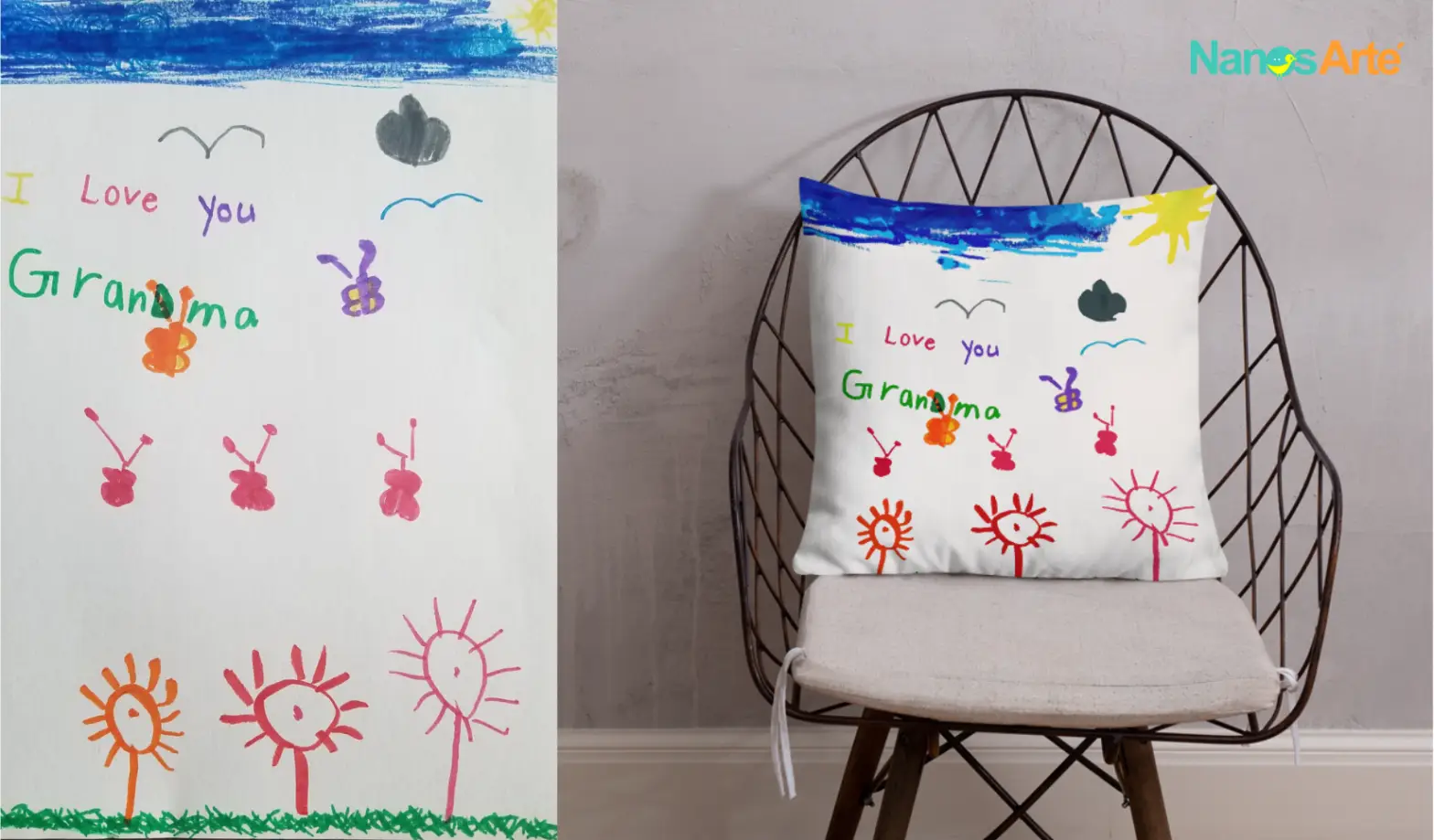Children’s art has always fascinated me, with its vibrant colors and exciting stories. As a visual effects artist for various TV shows and films, I often ranted about how kids are easy targets for the influence of movie merchandise and other paraphernalia. My passion was to create an engaging platform for kids’ original art, and a pivotal moment came at a friend’s son’s birthday party, themed around his favorite movie character. This fueled my determination, and in 2014, I decided to start an online t-shirt store, Nanos Arte.

I considered Nanos Arte as my experimental project where I learned new techniques and technology with hands-on experience. This project helped me really understand the impact of my decisions as a UX designer.
Initial Assumptions and the First Launch
Reflection Point: Assumptions and Failures
With no prior experience, I launched Nanos Arte based on my assumptions and conversations with parent friends who mentioned spending $1000-$1200 yearly on movie merchandise. I started reading books and blogs and learned about the Lean UX process, although I didn’t fully understand it at the time. Driven by my aspirations, I planned, designed, and executed marketing campaigns. However, I quickly realized I was solving the wrong problem for parents.
First Failed Problem Assumptions
I believed that printed kids’ art t-shirts could replace movie merchandise.

Solution Hypotheses
I decided to run a campaign to select a few kids’ original art pieces with unique stories, bulk print them, and sell them. Selected kids would become our revenue-sharing partners.
Implementation Hypotheses
To test the market, I selected a few of my nephew’s drawings with engaging stories. I designed and printed a few t-shirts using heat sublimation, did photography, and started sharing the art and stories on our fan page. I launched our first Facebook page post and participated in a few local events.
Outcome and Learning
I received a lot of attention and traffic but sold only a few t-shirts. People started asking if I could print custom t-shirts from their kids’ art. This feedback made me realize that I might have found my niche.
Second Assumption and the Pivot

Second Failed Problem Assumptions
I assumed that for my new solution of custom printed kids’ t-shirts, the primary users were kids themselves.
Solution Hypotheses
I believed that parents would like to buy custom printed t-shirts for their kids, turning every good drawing into a t-shirt.
Implementation Hypotheses
I launched a custom printed t-shirt marketing campaign and promoted kids’ original art through our Facebook page.
Outcome and Learning
The campaign started well, with good orders and high engagement. Parents gave feedback that their kids loved their own designed t-shirts and shared them with friends and family. However, I noticed that while clients spread good words about us, they didn’t make repeat purchases.
To understand this, I called a few parents for feedback. They revealed that kids wanted to turn every drawing into a t-shirt, which they saw as an unnecessary luxury. They didn’t want to encourage this behavior. Gradually, I started receiving requests from existing clients for custom printed gifts for occasions like Teachers’ Day, Father’s Day, and especially for grandparents.
The Final Pivot and Success

Finally, I changed our marketing strategy from “wear your t-shirt” to “gift to loved ones.” This shift resulted in good repeat orders and a steady growth in our customer base. Although customer behaviors still surprise me, I continue to fail, learn, and grow.
Conclusion
Launching Nanos Arte was a journey filled with assumptions and failures. Each setback taught me valuable lessons about my customers and their needs. By listening to feedback and pivoting my approach, I transformed my initial idea into a successful business. This experience has reinforced the importance of adaptability and the Lean UX process in designing products that truly resonate with users.

